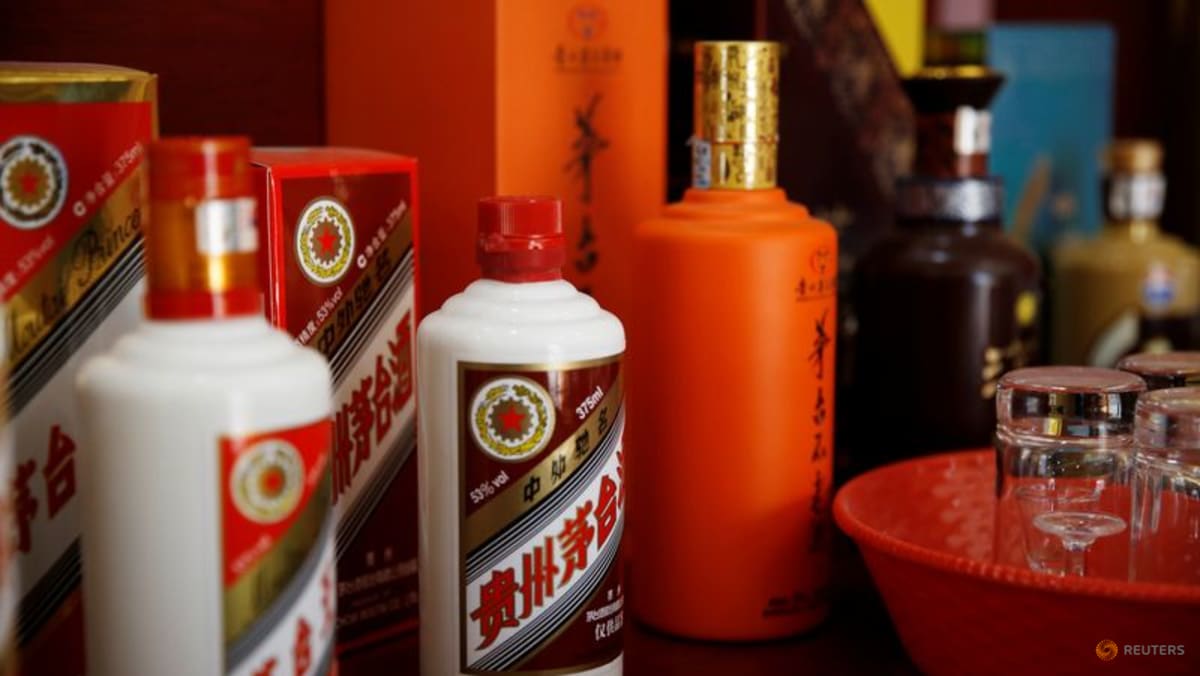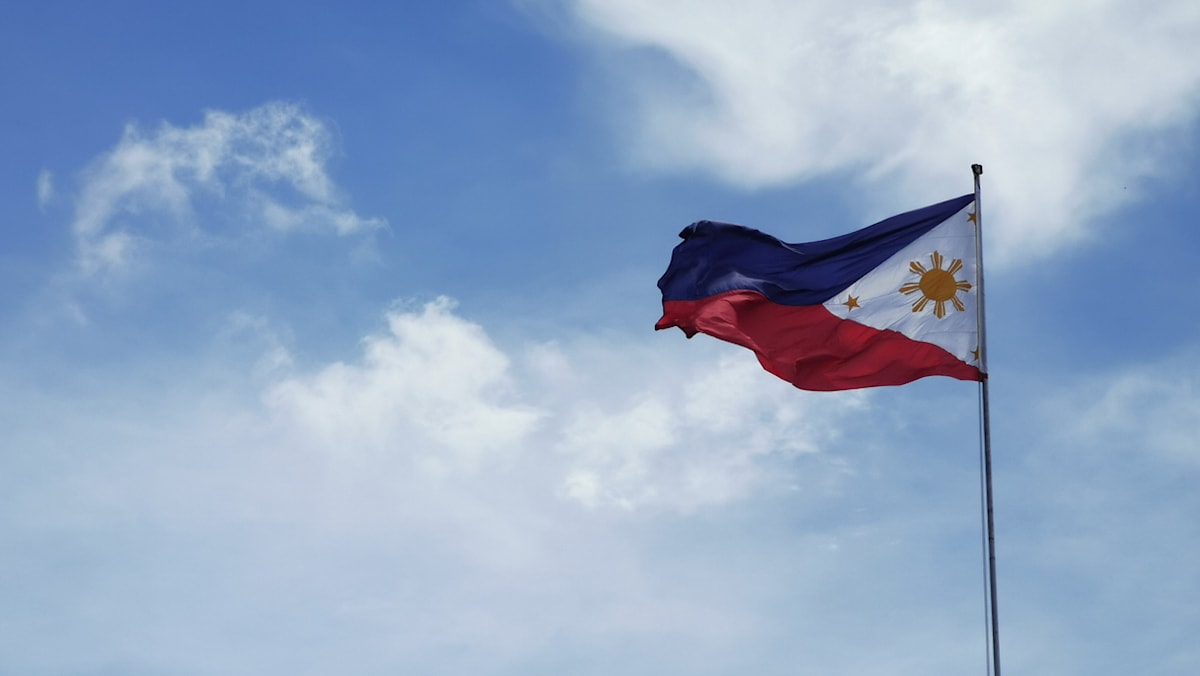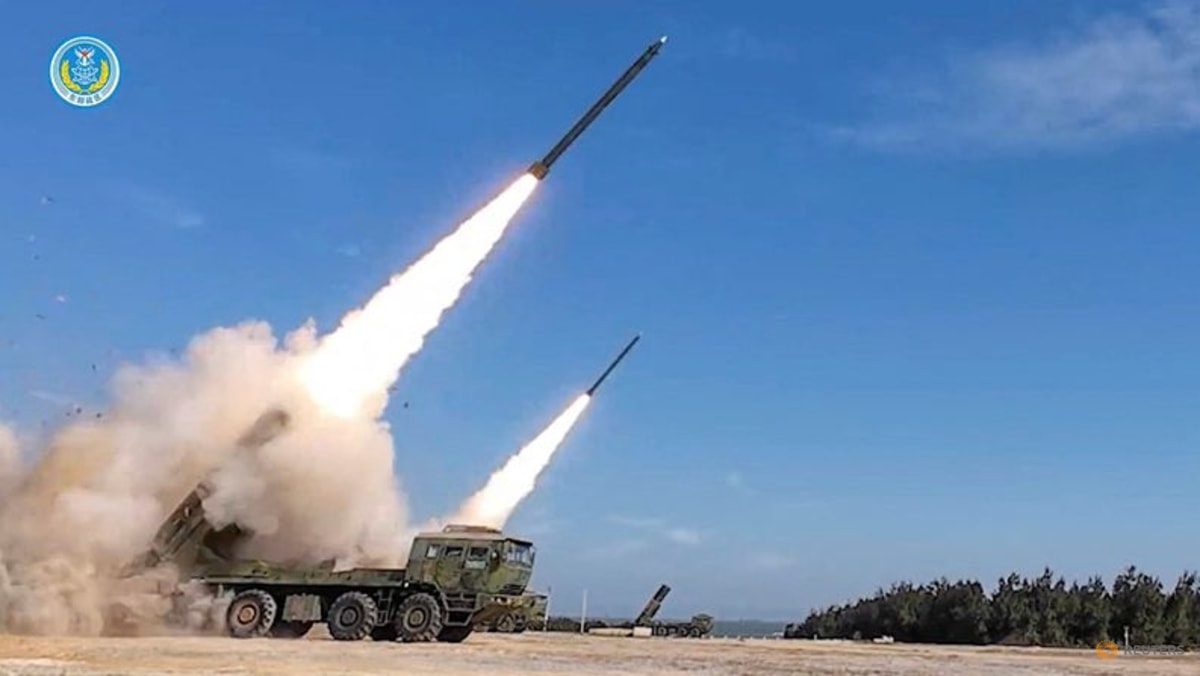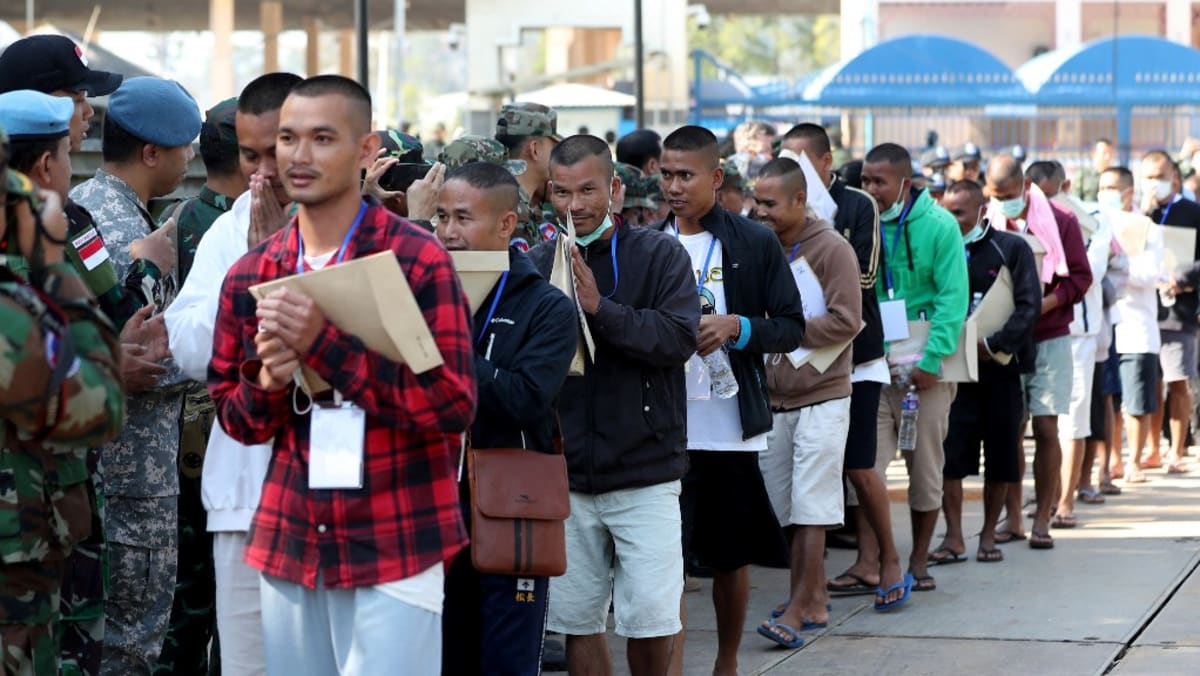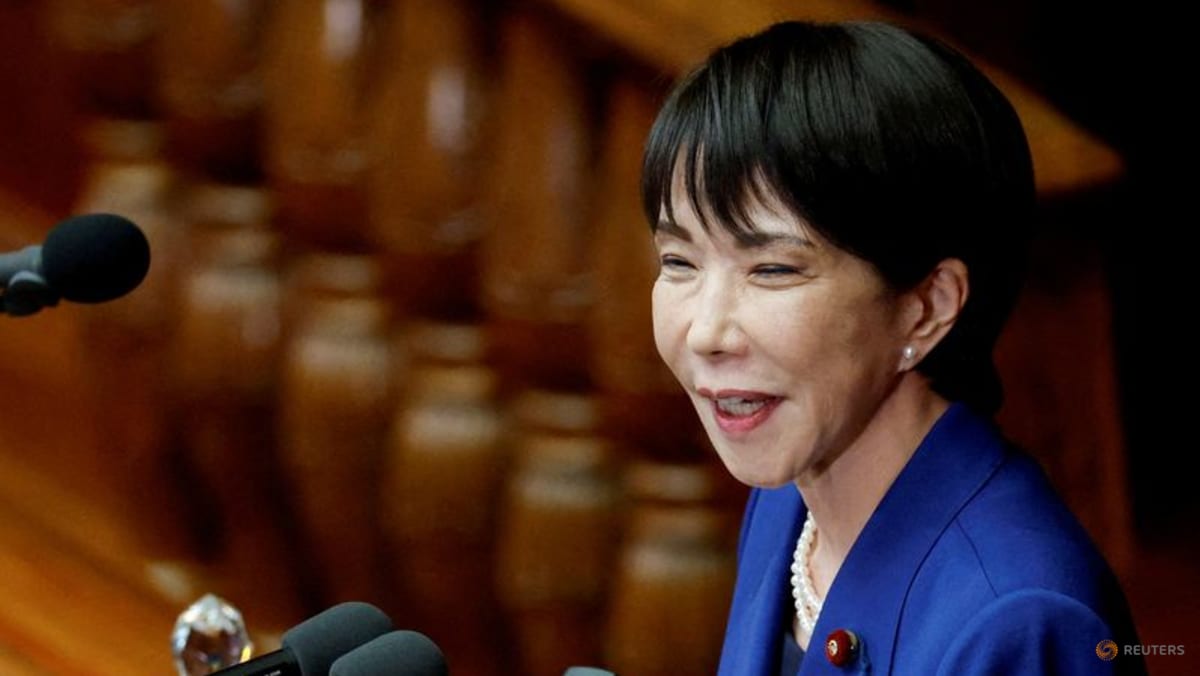Commentary: Inequality fuelling the fire for Thailand’s political change
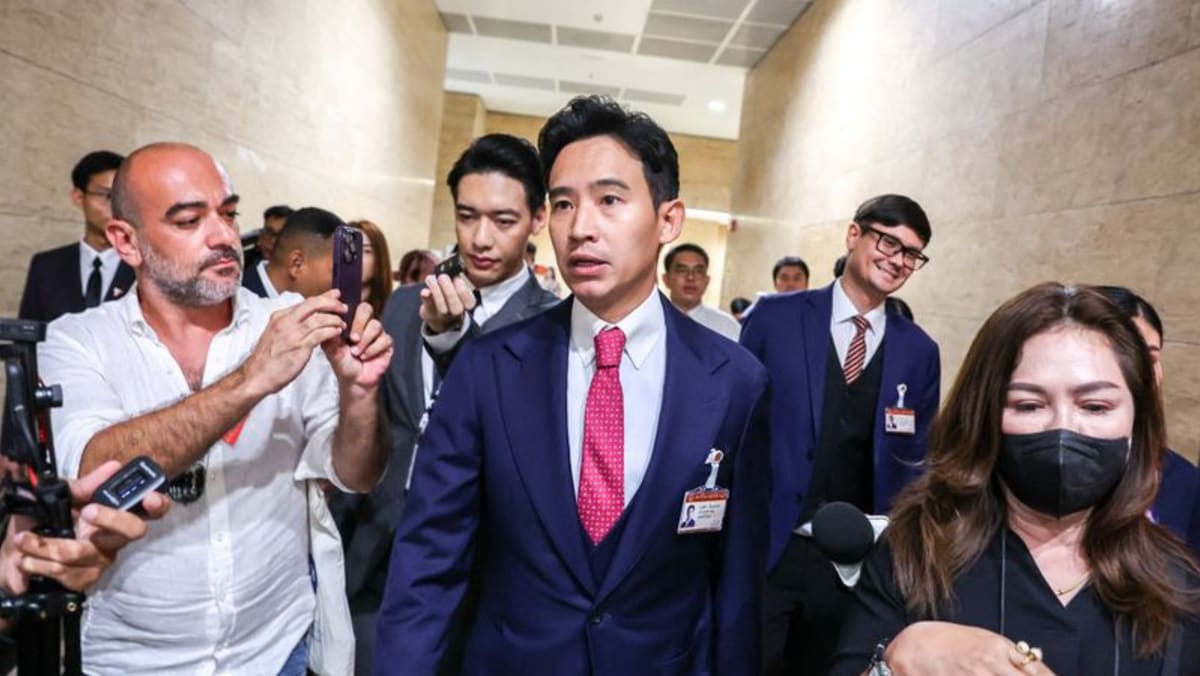
The changes in income of different classes from 2015 to 2019 reveal that the income of Thailand’s middle- and upper-middle classes has worsened. During this period, the income of the top 5th quintile declined by nearly 19 per cent, while the 4th quintile experienced a smaller decline of 3 per cent.
A comparison based on geographic areas also yields discouraging results. Barring the Bangkok metropolitan area, the Gini index in all regions of Thailand worsened from 2015 to 2019.
This situation is connected to the issue of poverty, which was 7.2 per cent in 2015, 6.8 per cent in 2019, and projected at 6.6 per cent in 2022, indicating a decline in the country’s ability to effectively reduce poverty. Persistent poverty is linked to the rapidly rising population of elderly individuals who are also poor. Most work in agriculture and have limited educational opportunities.
During the years under military influence, Thailand’s inequality has worsened, with the middle classes struggling and a rising number of elderly poor people getting left behind. While government assistance has softened the short-term impacts of the COVID-19 pandemic on poverty, the real damage is likely to occur in the long run.
ONE OF LOWEST GROWTH RATES IN SOUTHEAST ASIA
Thailand’s level of inequality has long been one of the highest in Southeast Asia. The problem is rooted in policies and institutions that existed before the Prayut government. Yet the recent years have played a big part in fuelling people’s resentment of the military-backed government.
Source: CNA


